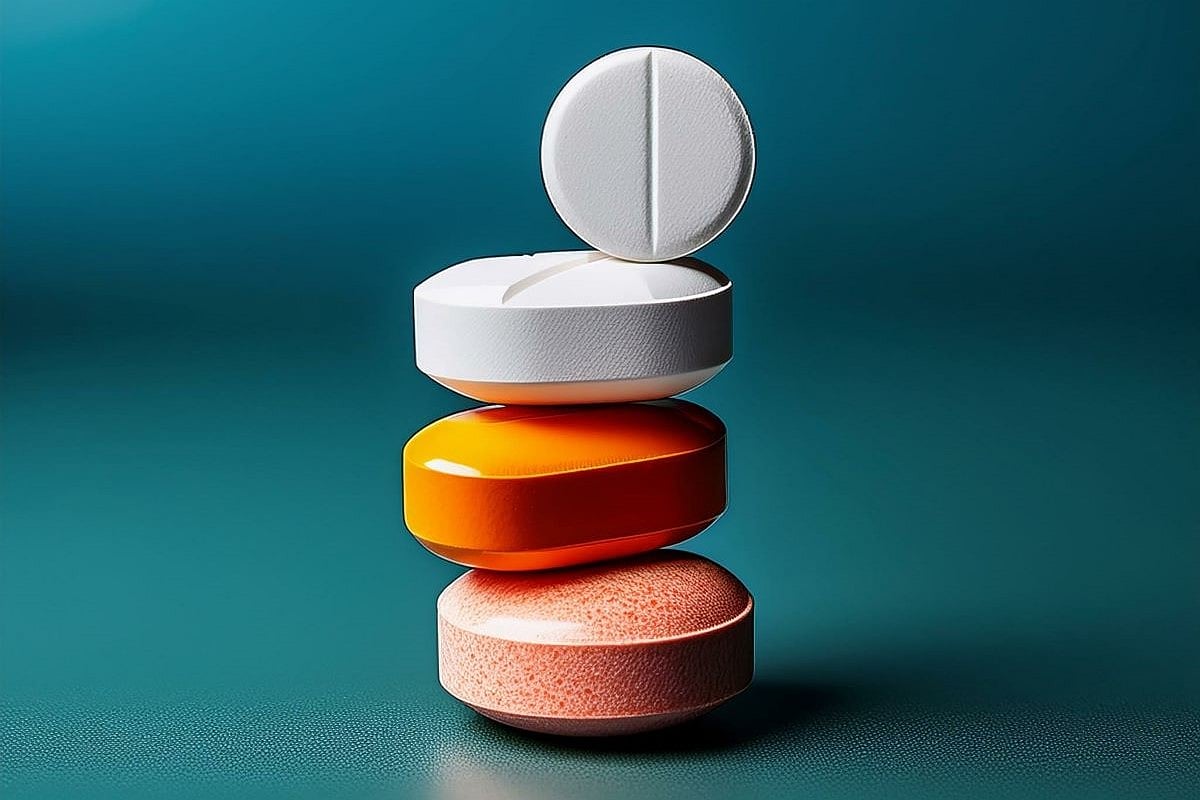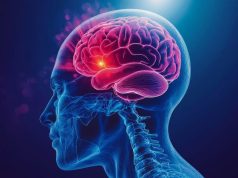Similar risks seen for apixaban and dabigatran versus aspirin, while rates were higher for rivaroxaban
By Elana Gotkine HealthDay Reporter
TUESDAY, Feb. 11, 2025 (HealthDay News) — Rates of major bleeding and intracranial hemorrhage are similar for apixaban and dabigatran versus aspirin, while rates are higher for rivaroxaban, according to a review published online Feb. 11 in the Annals of Internal Medicine.
Michael Ke Wang, M.D., from McMaster University in Hamilton, Ontario, Canada, and colleagues estimated the differences in bleeding risks between therapeutic-dose nonvitamin K oral anticoagulants (NOACs) and single antiplatelet therapy using data from nine randomized controlled trials with 26,224 participants. All of the studies used aspirin as the antiplatelet therapy.
The researchers found that apixaban had similar rates of major bleeding and intracranial hemorrhage compared with aspirin (risk differences, 0.0 [95 percent confidence interval, −1.3 to 2.6] and −0.2 [95 percent confidence interval, −0.6 to 1.4] percentage points, respectively). Dabigatran also had similar rates of major bleeding and intracranial hemorrhage compared with aspirin (risk differences, 0.5 [95 percent confidence interval, −2.1 to 19.6] and 0.0 [95 percent confidence interval, −1.1 to 24.5] percentage points, respectively). Rivaroxaban had higher rates of major bleeding and intracranial hemorrhage than aspirin (risk differences, 0.9 [95 percent confidence interval, −0.1 to 3.7] and 0.3 [95 percent confidence interval, −0.1 to 79.7] percentage points, respectively). The certainty of evidence varied from low to moderate.
“Our findings are similar to those reported by a previous network meta-analysis, which found indirect evidence that therapeutic-dose rivaroxaban had the highest risk for bleeding out of the NOACs compared with aspirin when used for extended anticoagulation in this population,” the authors write.
Stay up to date on the latest in health — Click here to subscribe to our weekly newsletter!
Copyright © 2025 HealthDay. All rights reserved.








